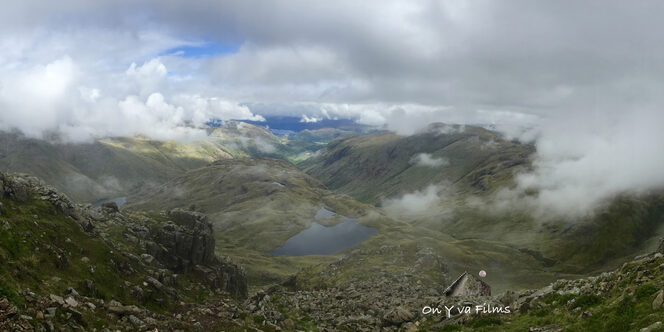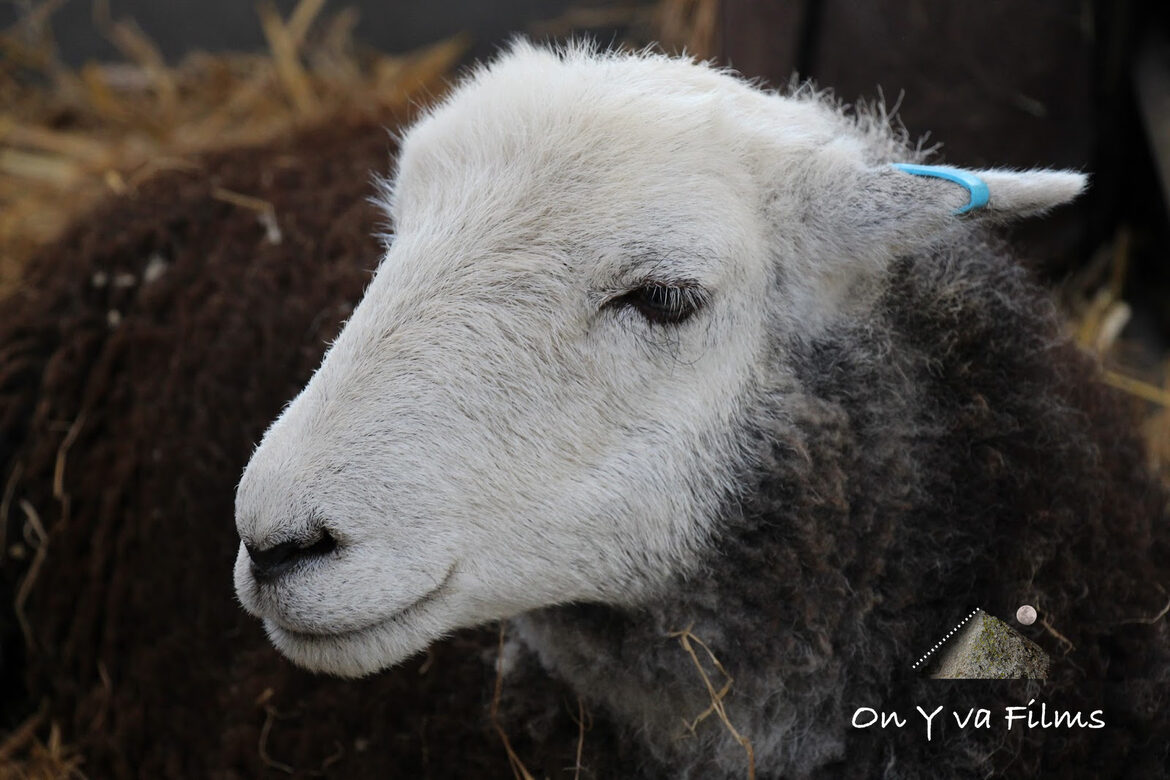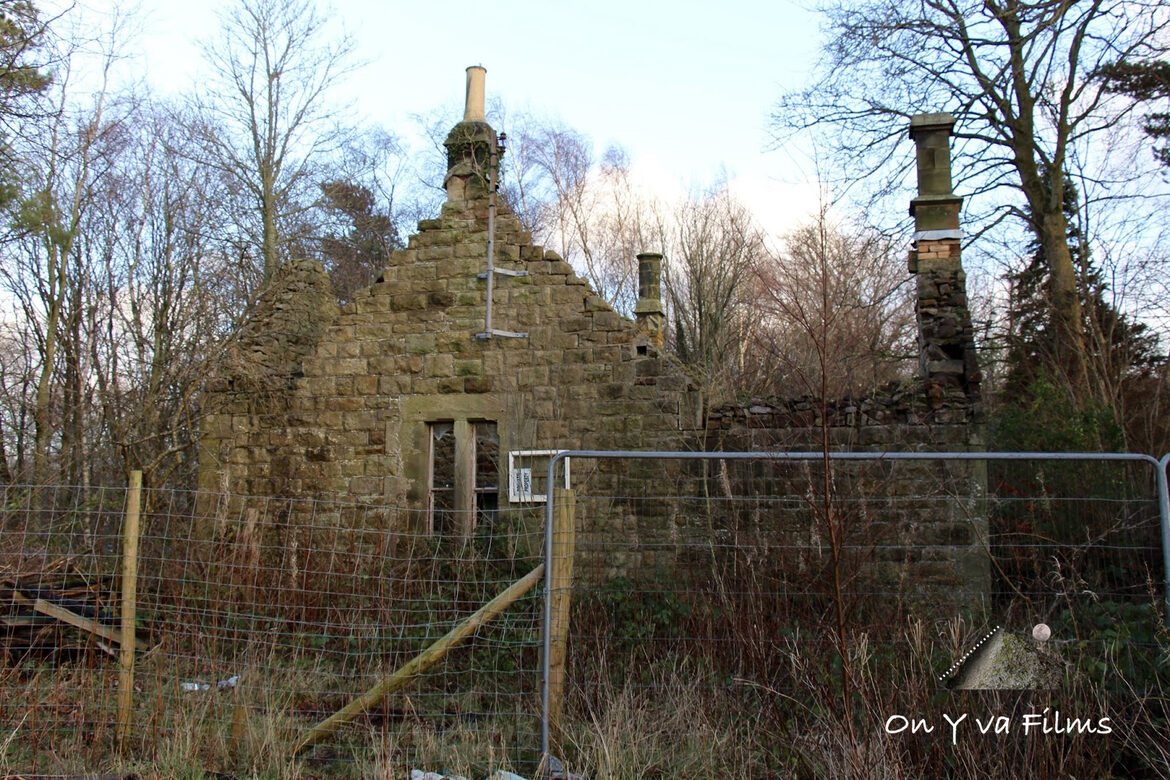
There are days, walking in the hills of the Lake District, when you wonder what on Earth you are doing. Perhaps you have slept badly; for example, a 2 am heavy downpour of rain may have drummed with thunderous intensity on your tent, waking you and keeping you awake for some time. Other times, perhaps you are not as fit as you were, or had thought that you were, and the relentless trudging almost directly uphill, begins to feel like an impossible task. Then there's the weather. As I have pointed out to people on a lot of occasions, there is a reason why there are a lot of lakes in the Lake District; in my experience, I think that I have had more good weather days than bad when walking in the Lakes, but that does not detract from the fact that it can rain a lot.
Recently, having returned to the Lakes to try and tick off some more of the Wainwrights, I had a full hand of the above irritations. I had slept badly, and as I trudged to the start of my walk, the valley was overcast, with the cloud sitting discouragingly low on the hills I was proposing to climb. Nevertheless, it had stopped raining, and I started my walk, determined to at least give it a go, before the weather and my own dozy sluggishness defeated me. Very soon, it turned from wet to warm, and I had to remove my rainproof jacket. Even then, it felt like walking in the tropics, and my glasses refused to stay on the bridge of my nose, but repeatedly slid down on a slick of sweat that poured off my reddening face.
Slowly but surely, I reached the top of Seathwaite Fell (a hill of around 600 metres in height). There, sitting by Sprinkling Tarn, I ate some lunch, and drank a small bottle of orange juice with indecent haste to try and quench my parch. Across the little body of water, I could make out the lower slopes of Great End; at 910 metres, the highest hill I was aiming for. I say "lower slopes", but I suppose I really mean "cliffs", and it was far from clear where the route I had picked out on a map actually led. Having fed, I headed towards the cliff wall, and scanned it again for a way up. Eventually, I made out The Band, a kind of breach in the hill's ramparts, which was supposed to lead to another path that would eventually climb up the hill.
I am not a walker who disdains the SatNav, and today I found mine particularly useful in confirming where on the bleak side of this hill I actually was. SatNav can only lead you so far, however, and I was fortunate, eventually, to pick out the subtlest hints of a pathway leading up the apparently otherwise unassailable rock. To the experienced walker, the polish on well-worn rocks and the occasional line of grit amongst the native rocks are all indicators that you have not lost you way, and I was relieved to follow them. Then they abruptly stopped at a twenty foot high wall. I looked up at it. There might, it occurred to me, if one was feeling adventurous, be just the barest hint of steps, but I was walking alone, and was wary about getting myself rock-bound; that terrifying sensation of being unable to go forward or back, without the risk of a fall and a breakage.
I retraced my route a little and scanned the rocks around me. No, I had followed the right route; this was it. I returned to face the mini-cliff and reevaluated the scariness. On reflection, it seemed slightly less terrifying, and before I knew it, I had scrambled up it, and onto the next stage of the climb. I am not normally a walker who enjoys scrambling, but as the climb progressed, I found myself enjoying the mental as well as the physical exertion. One of the greatest things about walking is its capacity for clearing the mind of everything but the essential. One cannot worry about deadlines and other work problems, when you are also at least partly focused on not dying, for the moment.
Eventually, the gradient lessened, and I finally took a moment to turn around and see where I was. For the last half hour or so, I had been climbing in the mist, so I was not expecting to see very much. It was with a tangible surge of emotion, then, that almost as I turned, the cloud lifted, and I found that I had an exceptionally glorious view all the way down to Derwent Water, about six miles away. I breathed deep of the clean mountain air, and grinned. This, I muttered to myself; this is why I do this.


